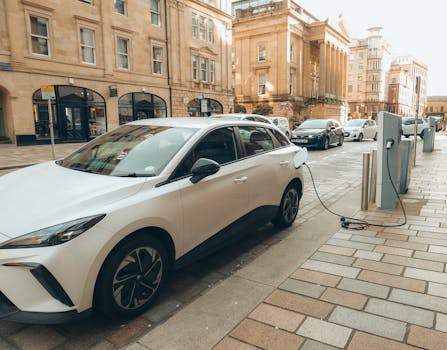
Smart Cities: Urban Trends for 2025
Smart Cities are revolutionizing the way we live, work, and interact with our environment. As we step into 2025, it’s essential to explore the latest urban trends that are shaping the future of these intelligent metropolises. Smart Cities are at the forefront of innovation, incorporating cutting-edge technology to create sustainable, efficient, and livable spaces. In this article, we’ll delve into the top urban trends for 2025, from green energy to advanced transportation systems.
Section 1: Sustainable Energy Solutions
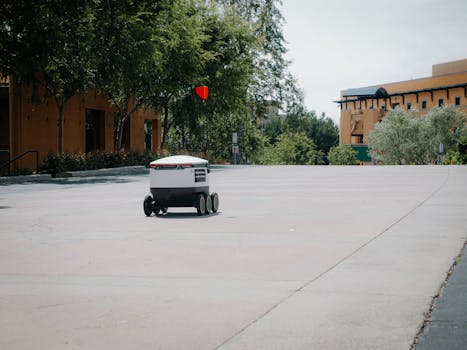
One of the primary focuses of smart cities is to reduce their carbon footprint and reliance on non-renewable energy sources. In 2025, we can expect to see a significant increase in the adoption of sustainable energy solutions, such as solar, wind, and hydro power. These eco-friendly alternatives will not only reduce greenhouse gas emissions but also provide a reliable and efficient source of energy for urban populations.
Furthermore, smart cities will leverage advanced technologies like energy storage systems, smart grids, and energy-efficient buildings to optimize energy consumption and reduce waste. For instance, smart grids will enable real-time monitoring and management of energy distribution, while energy-efficient buildings will be designed to minimize energy consumption through advanced insulation, ventilation, and lighting systems.
Section 2: Transportation Systems of the Future

Transportation is a critical component of urban planning, and smart cities are poised to revolutionize the way we move around. In 2025, we can expect to see a significant shift towards electric and autonomous vehicles, which will not only reduce emissions but also improve traffic flow and safety. Self-driving cars, hyperloops, and advanced public transit systems will become increasingly common, making transportation faster, cleaner, and more efficient.
Additionally, smart cities will invest in smart infrastructure, including intelligent traffic management systems, real-time traffic monitoring, and predictive maintenance. These technologies will enable cities to optimize traffic flow, reduce congestion, and improve public safety. For example, intelligent traffic signals will adjust their timing in real-time to minimize congestion, while predictive maintenance will enable cities to identify and repair infrastructure issues before they become major problems.
Section 3: Urban Planning and Development
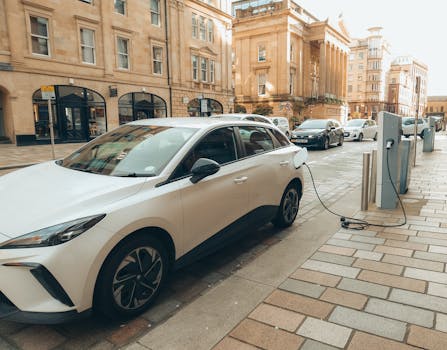
Smart cities require careful planning and development to ensure that they are livable, sustainable, and resilient. In 2025, we can expect to see a greater emphasis on green spaces, urban agriculture, and innovative urban design. Cities will prioritize the creation of parks, gardens, and green roofs, which will not only improve air quality but also provide habitats for urban wildlife.
Furthermore, smart cities will focus on inclusive and accessible design, ensuring that all citizens have access to amenities, services, and opportunities. This will involve the creation of affordable housing, accessible public transportation, and inclusive public spaces that cater to diverse needs and abilities. For instance, cities will design public spaces with wheelchair-accessible pathways, audio signals for visually impaired citizens, and community facilities that promote social interaction and cohesion.
Section 4: Innovation and Technology
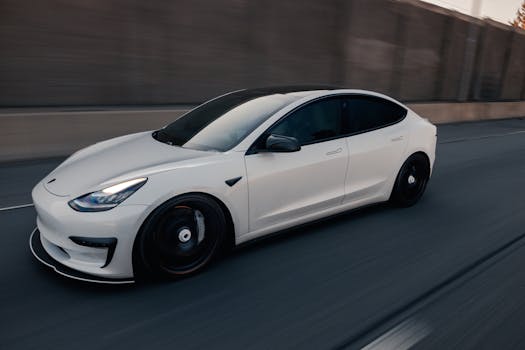
Smart cities are driven by innovation and technology, and 2025 will be no exception. We can expect to see significant advancements in artificial intelligence, Internet of Things (IoT), and data analytics. These technologies will enable cities to collect and analyze data in real-time, making it possible to optimize urban operations, improve public services, and enhance the overall quality of life for citizens.
Additionally, smart cities will prioritize cybersecurity, recognizing the importance of protecting urban infrastructure and citizen data from cyber threats. Cities will invest in advanced security measures, including encryption, firewalls, and intrusion detection systems, to safeguard their digital assets and maintain public trust.
Section 5: Conclusion
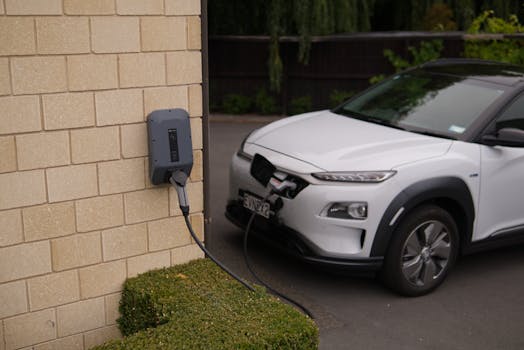
In conclusion, smart cities are poised to revolutionize the urban landscape in 2025. From sustainable energy solutions to innovative transportation systems, and from urban planning to cutting-edge technology, these intelligent metropolises will set a new standard for livability, sustainability, and resilience. As we look to the future, it’s essential to prioritize smart city development and harness the power of technology to create better, more sustainable cities for all.





